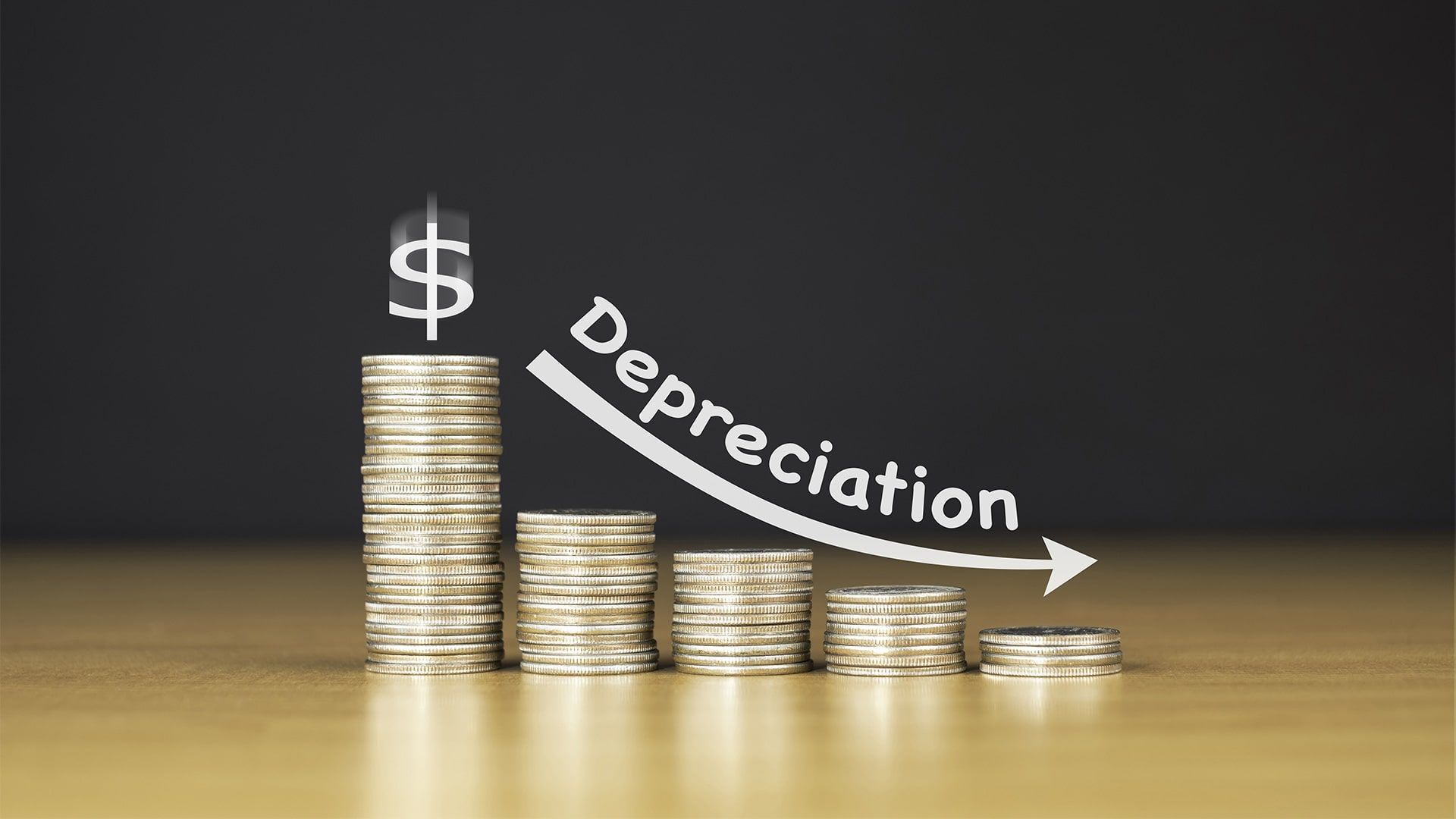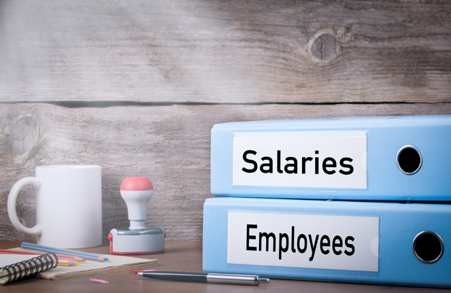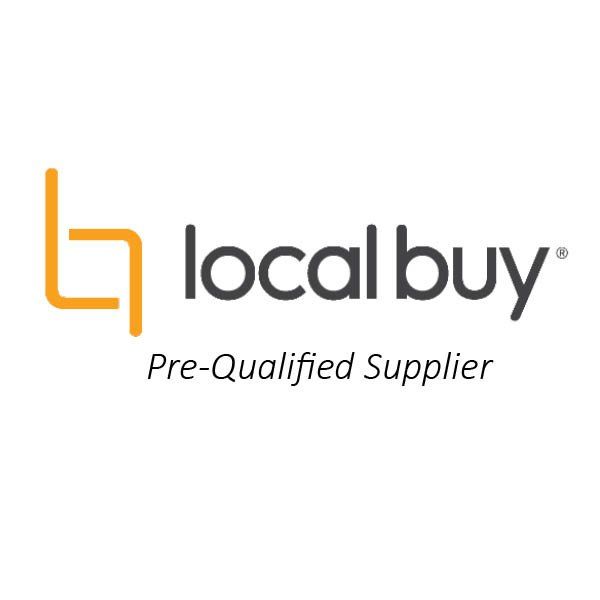Depreciation De-mystified
Depreciation De-mystified

Depreciation De-mystified
Thor Clift purchased a forklift for $20,000. At the end of the year, his bookkeeper Ima Sinner, who was a beginner, said to Thor “You expected to make a profit of $30,000 but you only made a profit of $10,000 because you bought that forklift”.
This made poor Thor Clift sore. “Wait a minute” said he, “that forklift is going to last 20 years and you have charged the full cost against the first year. That makes my performance look much worse than it really is. That’s not fair. You should spread the cost over 20 years”.
“Well, said Sinner the Beginner “What am I going to call it, perhaps Forklift – 1/20th?
Thor said “No. Its value depreciates each year so let’s call it by a generic name “depreciation”, then we can also use that name for every asset.
This is the way depreciation was born and the way it is still used to day, and it is quite logical and easy to understand.
Then, some seriously intelligent accountants said “In addition to using depreciation to spread the cost of the forklift over its useful life, we can also use it to let Thor know how much it might cost him to replace the forklift at the end of its useful life”.
This is not so simple. First, Thor has to decide whether he will still be in business in 20 years. Then he has to decide whether he will still need a forklift at that stage. He needs to forecast whether technological advances might make forklifts more efficient at less cost or even obsolete. Then there is inflation to estimate. If, in the end, he decides that, on balance, he probably will need a replacement forklift, how much will it cost him?
Let’s assume that, after doing all their forecasts, predictions and estimations, the seriously intelligent accountants inform Thor that in 20 years’ time, he will need $45,000 to replace the forklift. Make no mistake, this is useful information, but it does nothing to produce the $45,000. It is a message.
At this stage, depreciation has done its job. Thor has been properly forewarned. Now it is up to him to work out how he is going to fund the forklift, but at least he will not get a nasty surprise in 20 years’ time.
Then, along comes the Australian Government. It realises that it has the power to influence the flow of money in the economy by increasing depreciation rates (less taxes) or reducing depreciation rates (more taxes). This has nothing to do with the reality of useful lives.
So, there you have the three uses of depreciation
· to spread the cost of an asset over its useful life,
· to give management the forecast it needs to prepare for the future or
· to increase or reduce taxes.

















